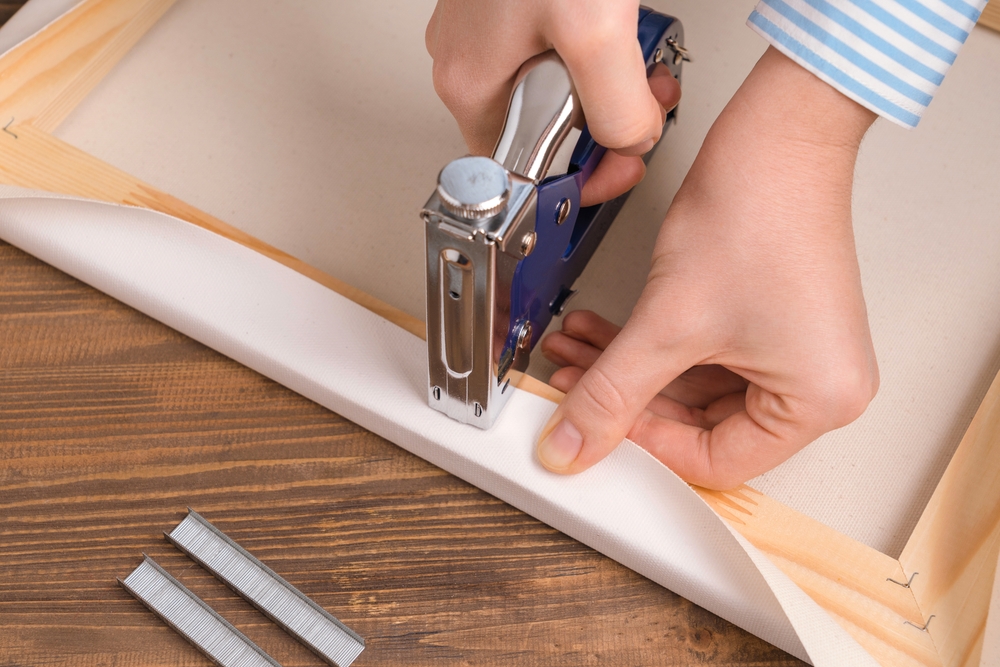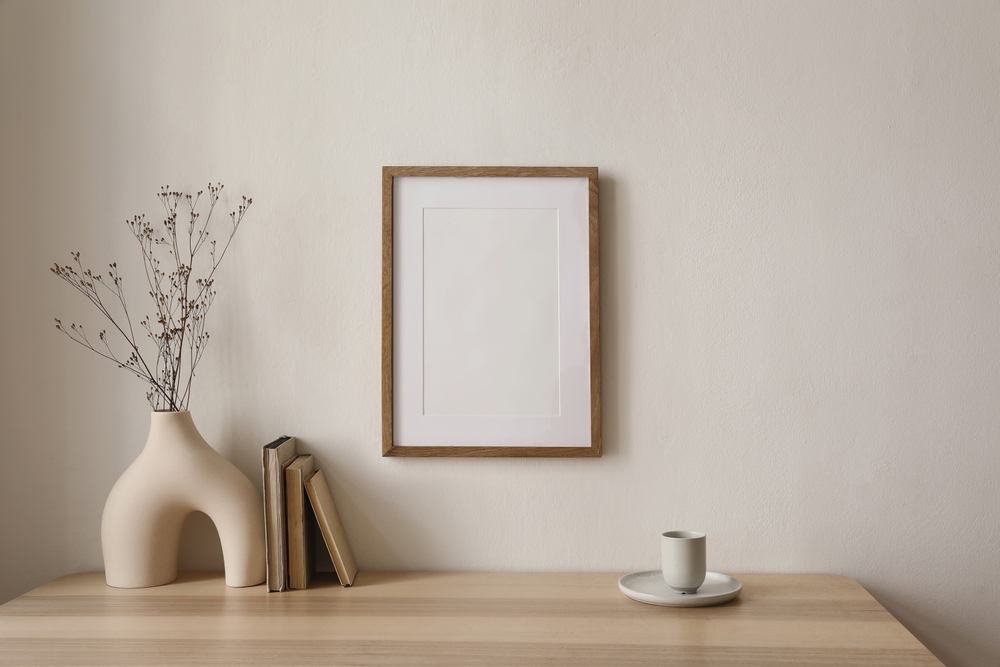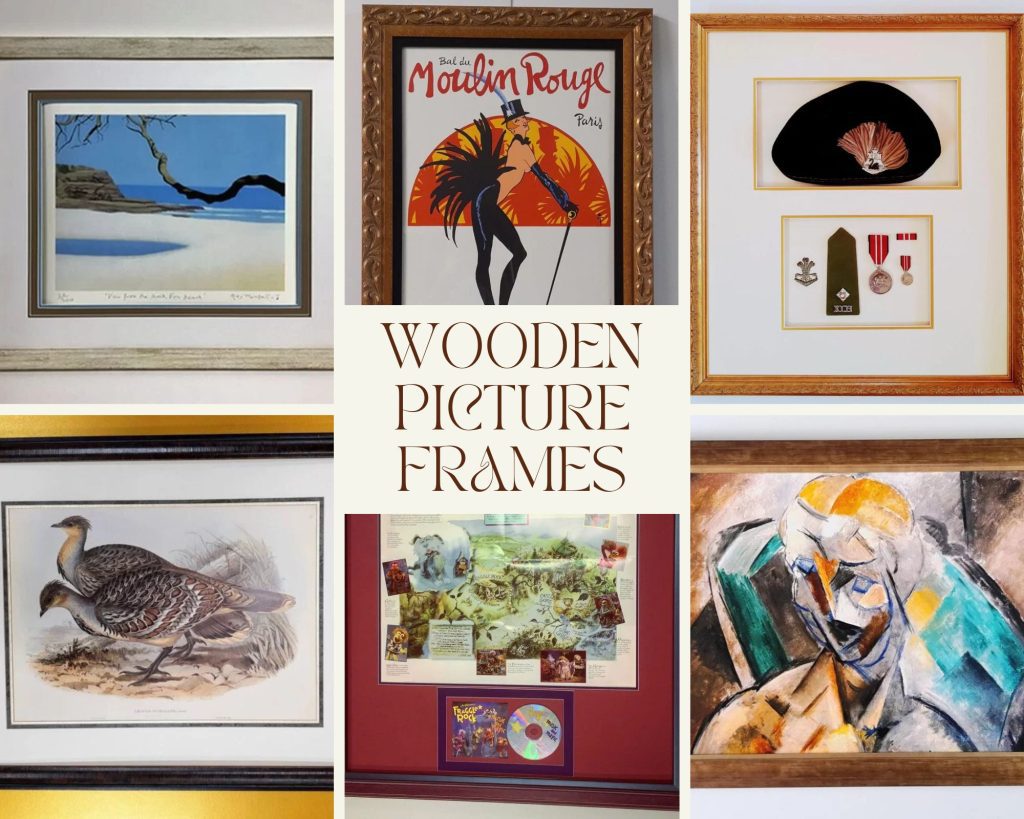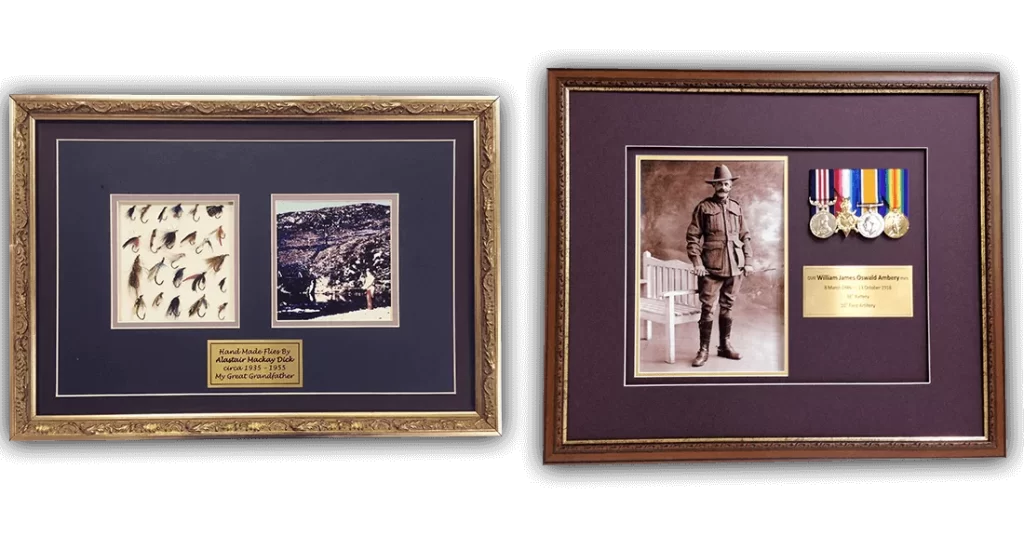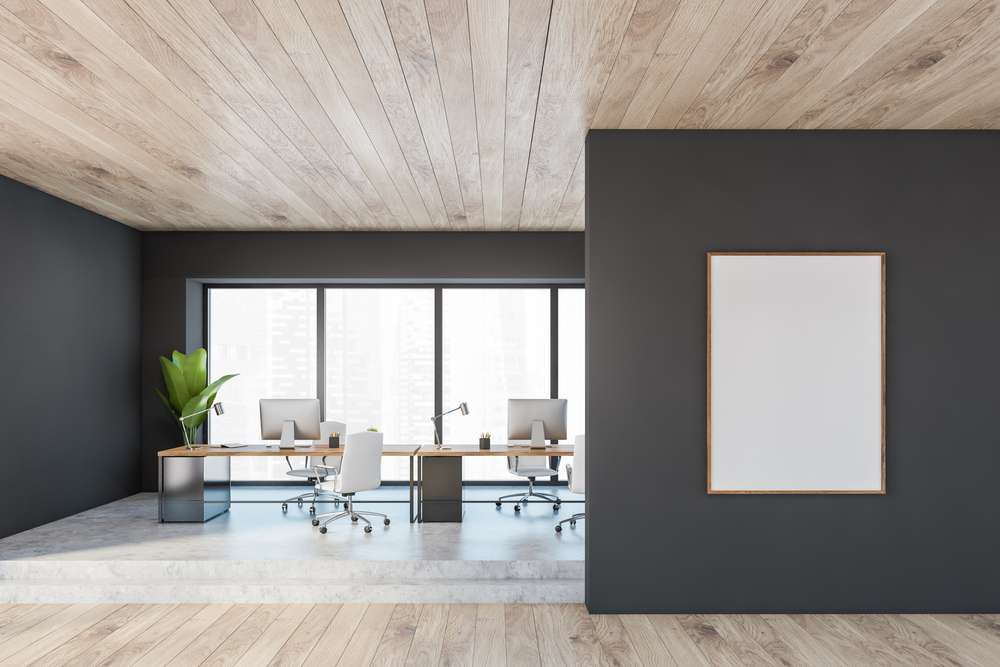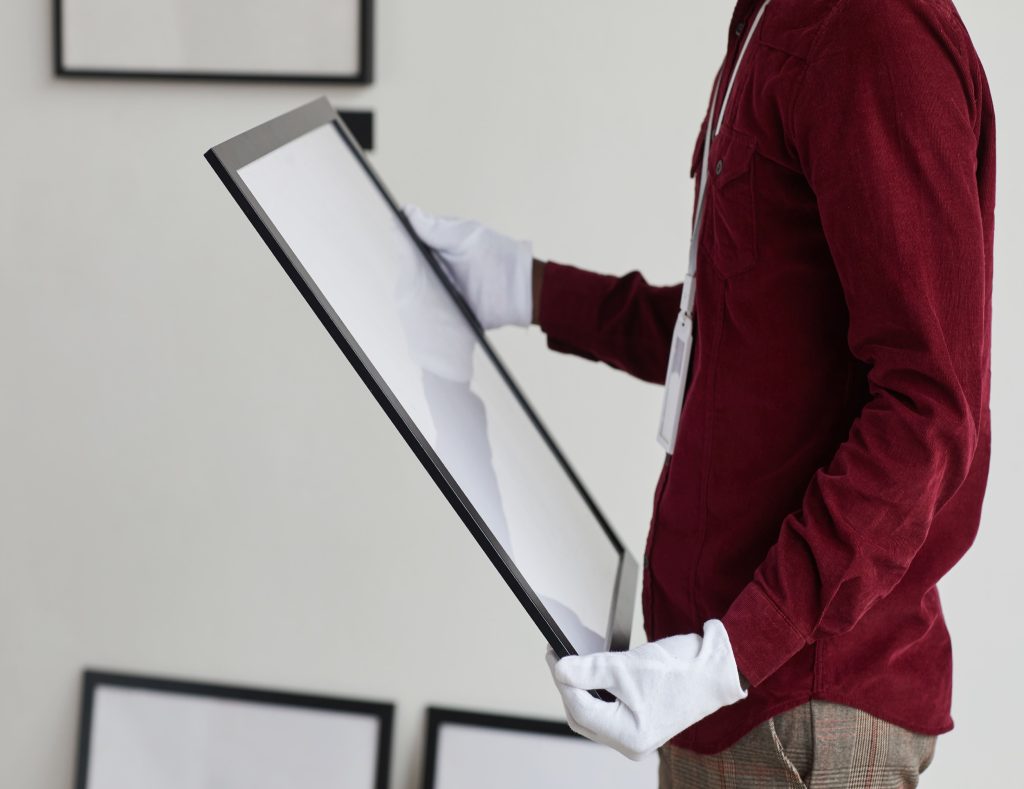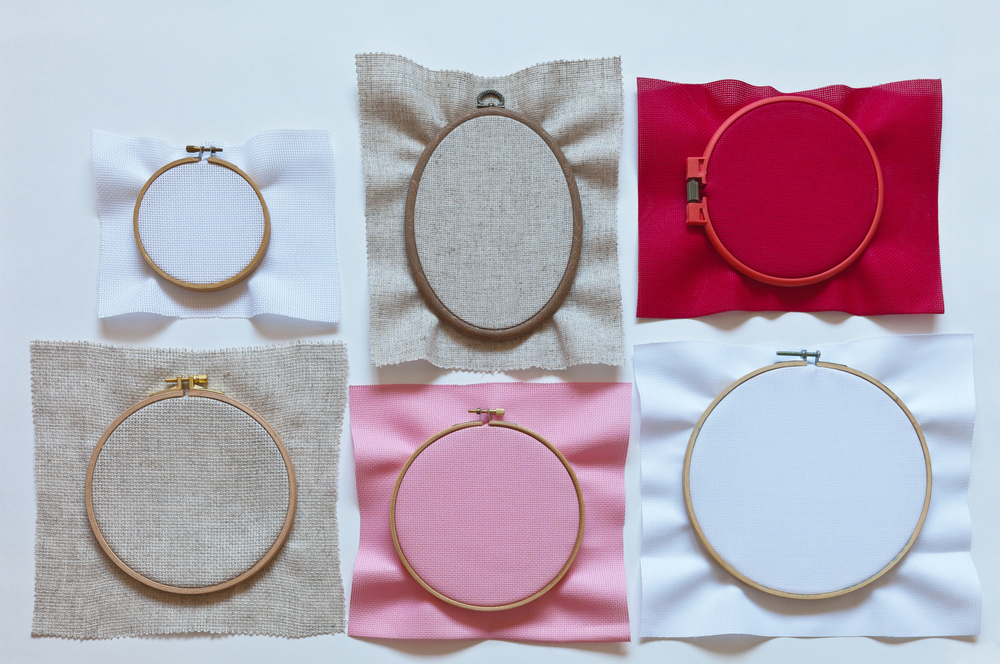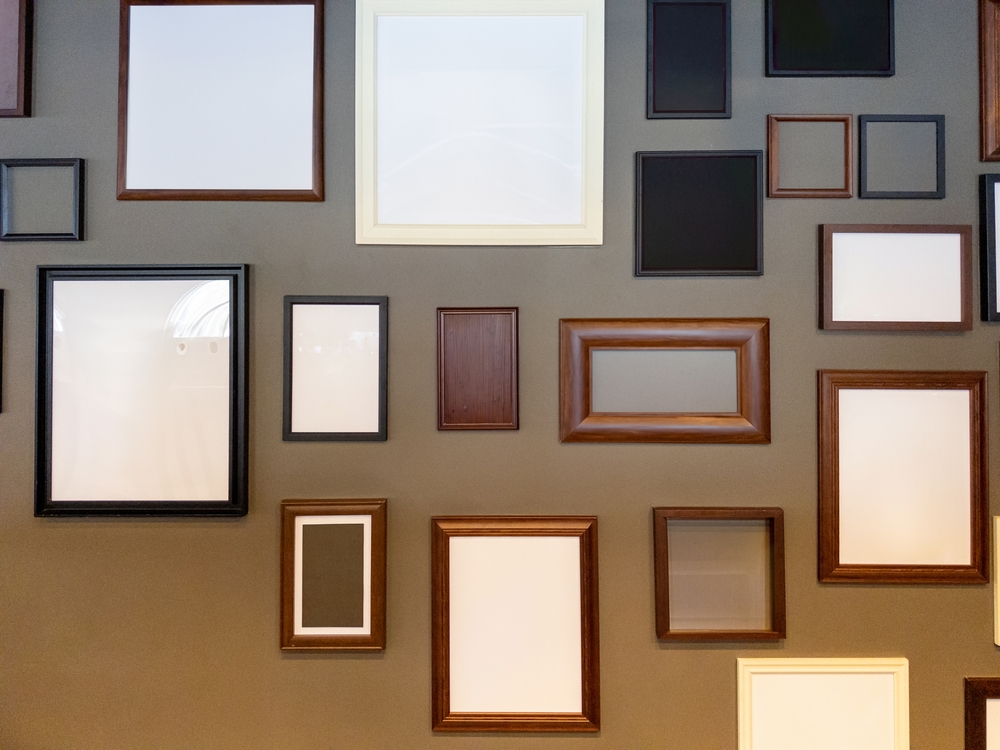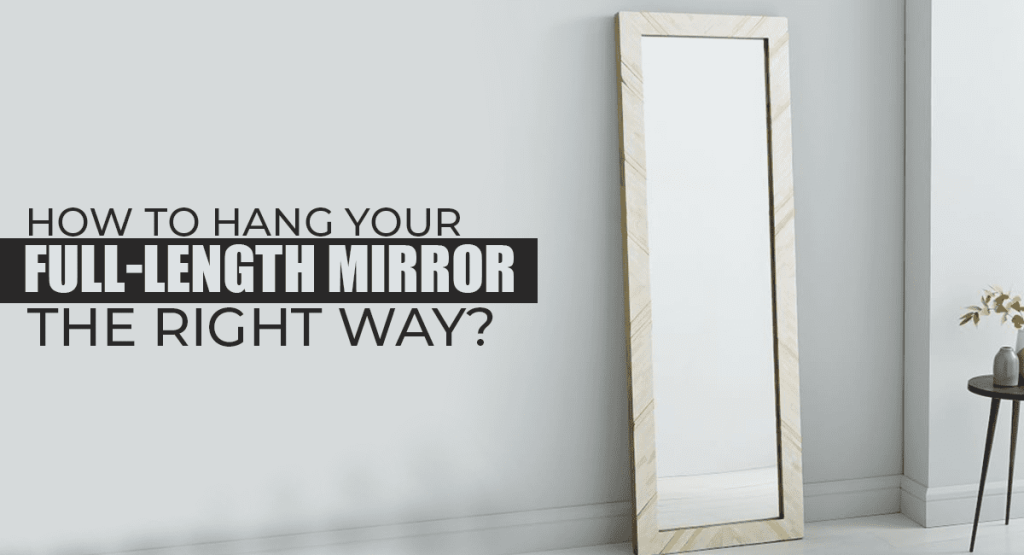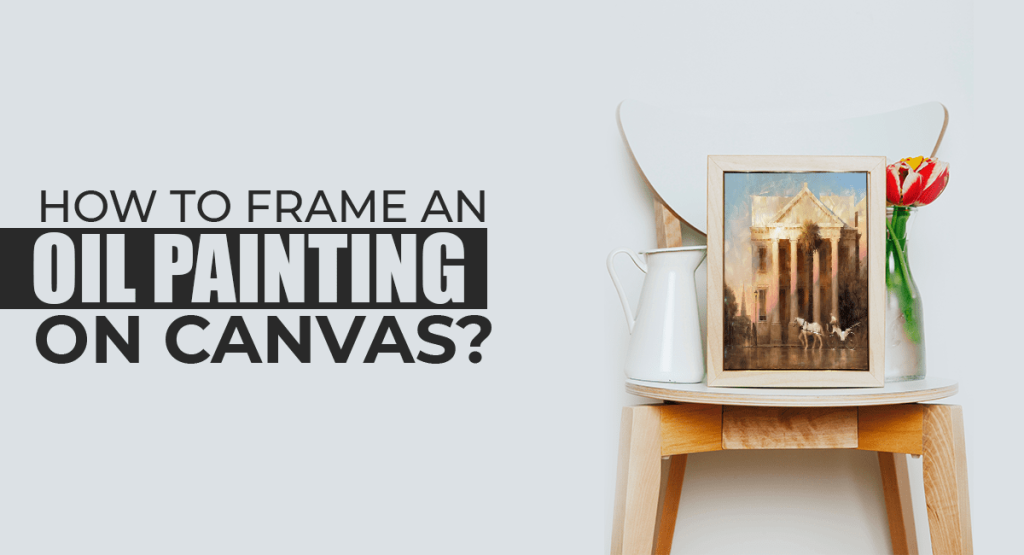Creative Ways to Use Custom Framed Mirrors in Your Home

Every space tells a story. But sometimes, it needs a little help finding its voice.
It can be a bare hallway that feels too empty, or the bathroom that lacks a spark. The custom framed mirrors, when chosen with care, can provide that voice. They open up a room, bounce around light, add a layer of elegance & completes the look of the space.
And Framous Picture Framing can help you create that perfect piece. Based in the heart of Midland and serving Perth since 1985. We’ve helped thousands of clients turn empty walls into beautiful statements.
Do you know what you need? Or are you in search of some creative guidance?
No worries either way. With the largest selection of frame mouldings and a passionate eye for detail. We’ll craft a mirror that suits your space and soul.
Let’s start.
What Exactly Are Custom Framed Mirrors?
At their core, they are mirrors designed uniquely for you, your size, your style, your purpose. Unlike generic store-bought options. Custom framed mirrors fit your space precisely and framed with your chosen materials, colours, and dimensions.
Think of them as a canvas. You bring the vision, and our framers bring it to life.
| Feature | Description |
| Personalised Dimensions | From tiny powder rooms to grand living walls, the mirror will fit like a glove. |
| High-quality Crafting | Mass produced mirrors lack the quality or attention to details that custom ones can offer. |
| Unlimited Framing Choices | Choose from traditional timber, sleek metals, or ornate vintage designs. |
| Space & Lightening | They give the illusion of widened space & spread the light into every corner. |
| Functional Design | If you want it for daily grooming, decoration, or just matching the room’s aesthetic. the mirror serves your intent. |
Custom mirrors Perth go beyond decoration. They solve design problems, add elegance, and offer an unmatched level of personalisation.
Read More at: Benefits of Using Mirrors in Interior Design
Choosing Your Mirror Style: Bevelled or Plain?
The edge detail of your mirror can drastically influence its visual impact. Among trends of mirror framing Perth, you’ll come across two styles, plain and bevelled.
1. Plain Edges
A plain edge mirror has a clean, sharp-cut edge without any slant or decoration. It’s perfect for modern & minimalist homes.
Best for:
- Contemporary bathrooms
- Scandinavian and industrial interiors
- Professional & simple décors
Why You Should Choose Them?
- Cost-effective
- Clean & understated look
- Styled with bold or intricate frames for balance
2. Bevelled Edges
Bevelled mirrors feature angled, polished edges that taper off around the frame. They reflect light at different angles & add a sparkle and dimension.
Best for:
- Traditional and classic decors
- Entryways or formal living rooms
- Mirror-on-mirror designs or layering effects
Why You Should Choose Them?
- Adds depth and light play
- Creates an upscale, artistic look
- Standalone pieces without heavy framing
Choose between the two based on your interior goals and taste. So, your framed mirror can become the highlight of your space.
Creative Ideas for Custom Sized Framed Mirrors
Custom sizes mean your mirror fits perfectly, no compromise. But what can you do with that flexibility?
Here are some popular placement ideas of mirror framing Perth for you.
| Placement | Custom Mirror Ideas | Benefit |
| Hallways | Long & narrow mirrors framed in a soft timber | Visually stretch the space. |
| Bathrooms | Full-height custom mirrors | Enhance the functionality of double vanities or tight corners. |
| Bedrooms | Horizontal over a bedhead or dressing mirror | Add the elegance especially with a luxurious bevelled edge. |
| Living Rooms | Large mirrors framed in antique gold or black | Serve as a focal wall. |
| Dining Areas | Groupings of smaller mirrors in different shapes within matching frames | Portray a gallery like look. |
Other customisation ideas include:
- Layered Framing: Use double frames, inner and outer, for a sculptural effect.
- Custom Shapes: Beyond rectangles, you can get circles, ovals, or organic curves.
- Mix Materials: Blend metal and wood for a contemporary contrast.
There’s literally no limit of ideas with custom framed mirrors. You dream it, we frame it.
Want to Skip the Frame at All? Frameless Mirror Options
Sometimes, simplicity makes the boldest statement. And modern trends resonate with this thought more than ever. That’s why, frameless mirrors are making their way in modern homes across Perth.
They are used:
- In small bathrooms where wall space is limited
- In minimalist homes with clean architectural lines
- Behind vanities where tiles already frame the space
Design benefits:
- Seamless and subtle
- Works well in tiled spaces
- Easier to clean and maintain
To make it even more functional, you can choose features like bevelled edges, rounded corners, or sandblasted designs. So that even without a traditional frame, your mirror can still reflect thoughtful look.
Installing It Right with Your Choice of Hanging Systems
Even the most beautiful mirror loses charm if it’s poorly hung. A solid hanging system can give you safety, symmetry, and longevity.
You can choose from:
| Hanging System | Best For | Key Features |
| D-Rings + Wire | Medium to large mirrors | Allows flexibility, easy to adjust |
| French Cleats | Heavy mirrors | Clean & secure fit for wall flush |
| Z-Clips | Frameless or slim-framed mirrors | Hidden support, strong hold |
Our professionals handle every type of hanging system with care, precision, and balance. So, your masterpiece looks exactly as envisioned.
Also Read: DIY Guide to Hanging a Mirror
Protective Backing | Why It is a Must?
You might not see the back of your mirror, but what goes behind the glass plays a crucial role in its durability. Protective backing is a specially coated material or board affixed behind the mirror to protect it from:
- Moisture: Especially important in humid rooms like bathrooms or kitchens
- Impact Damage: Adds a layer of security against breakage
- Wall Stains: Prevents mirror marks or streaks from wall residue
We offer expert-level backing with every custom framed mirror tailored to its environment. It will protect your mirror from accidents & keep it beautiful for years.
How to Create the Perfect Custom Mirror? Expert Tips & Tricks
Custom framed mirrors can solve almost any design dilemma in your décor. Because they can be any style, size, colour of your choice. We’ve complied some friendly tips from our in-house experts to get the most out of your custom framed mirrors.
- Start with the purpose of your mirror. Is it decorative, functional, or both? Then choose the size and placement accordingly.
- Only install one large mirror if the space is narrow. Too many reflections can look abrupt.
- Use tape to mark out the mirror area and get a sense of scale.
- Pick your framebased on existing room finishes, wood, chrome, matte black, etc.
- Mirror should not exceed from half of the viewable wall space.
- Don’t overthink and go bold with shapes. Rectangle is safe, but round and arched mirrors add softness and flow.
- Select the height to allow the optimal reach & intended functionality.
- Ask for advice from experts.Our team includes colour theorist and character assessor who helps you balance creativity and harmony.
Looking for Custom Mirrors Perth That Reflect You?
Design Custom Framed Mirrors with Framous Picture Framing
At Framous Picture Framing, we turn ordinary mirrors into personalised design statements.
With the most extensive range of frames in Midland and a flair for artistic customisation. We can craft any personalised mirror frame for you. Be it a minimal frameless style or a grand feature mirror, we’ll work with your ideas or even help you discover them.
Let’s frame something unforgettable.



